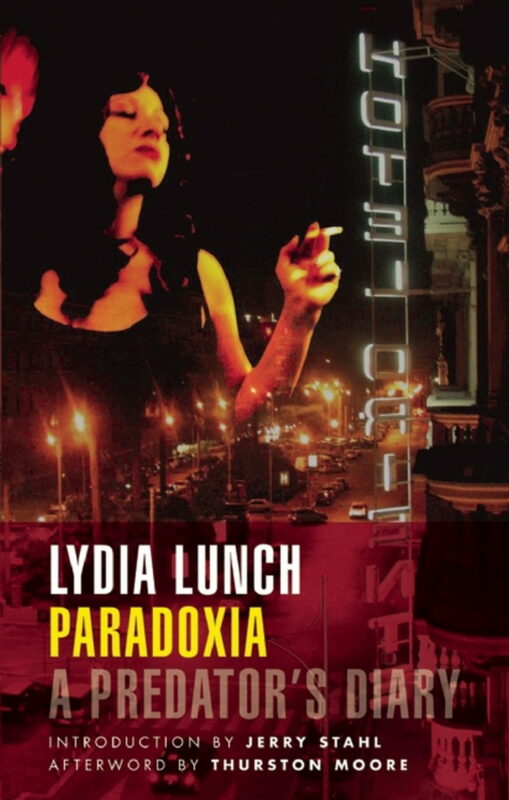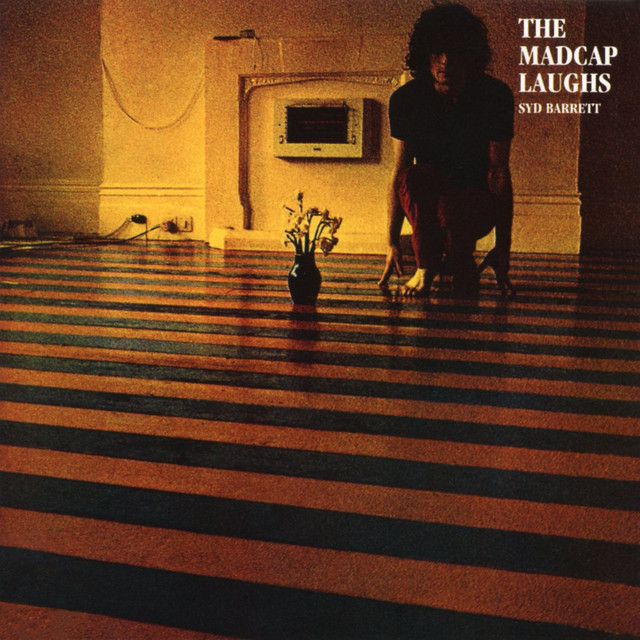It often takes time to “get” a band. It’s like being at a petrol station, and you’re waiting for petrol to flow through the pipe. You can’t rush it. You have to wait for that lovely moment we all enjoy, when cool, delicious petrol goes squirting into our mouth, nose, and eyes.
When I started listening to The Fall, I had my reaction planned out like a chemotherapy plan: I’d hate them at first, slowly hack away at their thirty-one-album discography, and then they’d become one of my favorite bands.
Instead, the opposite happened. I loved them at first. Then I didn’t.
The Infostainment Scam (or whatever it’s called) was a good first choice. It has several excellent songs; the disco apocalypse of “Lost in Music”, the psychotic noir prison-bar rattling of “It’s a Curse”, and the brightly Gary-Glittering stomp of “Glam-Racket”. Its aesthetic of barely-marshalled noise was exhilerating, and although Mark E Smith’s vocals sounded like a drunk co-worker overconfidently singing karaoke, surely this would prove an acquired taste.
Then I listened to more The Fall albums. They left no impression, or were memorable for bad reasons.
Hip Priest and the Kamerads sounds like slam poetry delivered over noise rock. The title track was eight minutes of blues rock choogling: annoying and borderline unlistenable. Bend Sinister is more of the same: songs that make their point after a minute and then continue for another six. Their version of “Victoria” is one of the least necessary covers I’ve ever heard. They changed nothing. Is this where post-punk was at as a genre in 1988? Reverential, straightfaced covers of boomer rock anthems?
Soon I was growing bored with The Fall. They seemed all vibes, no substance. But maybe the problem was me. After all “Lost in Music” was proof they could write great music…then I took a closer look at The Infotainment Scan’s songwriting credits, and said “ok then.”
Then there’s Mark E Smith, the band’s alleged singer.
Rock journalists love guys like Mark. He’s a walking cliche and is very easy to write about. Just arrange “consummate perfectionist”, “complex personality”, “troubled genius”, “enfant terrible”, “provocateur”, “outsider artist”, “incendiary maverick”, “Janus-faced,” “checkered career” in some order like fridge magnets, and you’ve written your own MES bio.
But there was a man beneath the cliches, a man who’s troubling to come to terms with. Here‘s guitarist Ben Pritchard, who got to know the “troubled genius” firsthand.
Physical violent attacks are not we should have to deal with on a daily basis. […] We shouldn’t have to be worried that the singer’s going to attack us again before the gig because we’ve stopped off for a hotdog at the service station. Like we’re wasting time… fucking hell we can’t do anything. You can’t eat, if you went for a meal even on your day off, you’d come back and he’d be waiting for you ‘What you fucking doing? What you fucking doing, eating? Fucking useless cunts.’ What? I’ve gotta eat, me. He puts you down for getting hungry!
[…] when we went to America it just got worse. […] we can only rely on each other to get ourselves out of the shit. Cos Mark could fucking leave us – and he did on the tour in America with the broken leg, he left us with no fucking money, no flight tickets home, he just fucking left us. We had to start getting deposits back for the hire vehicles, we had to get money together for our flights to Chicago. Our flight to Chicago was a non-refundable ticket that wasn’t due for two weeks. He didn’t care, he had all the money from all the gigs. He had Ed Blaney with him, he had his wife, they got home fine, no problem.
It’s obvious by now that the UK music press will excuse obnoxious or abusive behavior if it makes a good story. They were happy to interpret MES’s abhorrent personal behavior as something romantic: a striving toward perfection, marred by silly foolish humans like Pritchard who are the sand in MES’s gears.
“Talented asshole” is a more fitting descriptor, particularly with the first part spoken in a sarcastic voice. Most such assholes aren’t talented, we just pretend they are, because how else to justify the position we’ve given them in our culture? The hardest person to talk out of a scam is the person who’s just been rooked by one, and MES spent decades running a scam on the British press.
Quoting Wikipedia: “Smith’s approach to music was unconventional and he did not have high regard for musicianship, stating that ‘rock & roll isn’t even music really. It’s a mistreating of instruments to get feelings over’.” That sounds like a clever defense for not understanding music. But it gets recontextualized as “unconventional”.
Or witness this desperate attempt by Spin to recast MES as a modern Oscar Wilde, full of cutting put-downs and scathing one-liners. He thought Telly Savalas was “a twat”! He thought new bands were a bunch of “ass lickers”! Oh, and wait until you hear what he did to Mumford & Sons. Ready? He threw a bottle at them, the absolute lunatic! If you or I did something like that, we’d be on r/madlads getting ridiculed.
Ben Pritchard’s interview goes on and on, listing all kinds of grubby, exploitative nonsense. But even that could be excusable if MES was a brilliant talent. After all, David Bowie was occasionally given to sharp business practices.
But here’s the part that made me decide not to bother with Mark E Smith or his music.
I’d only been playing the guitar for about two years. It was the day after I’d bought my Stratocaster that was. So that was like the first time I put it on and played it properly and plugged it in was in front of [Mark] in the studio, listening to the backing track of Dr Buck’s Letter. He says, “Go on, cock. Just fookin play something, I’m going to the pub.” And that was it…
“Just fookin play something, I’m going to the pub.” That seems to be the Rosetta stone of MES: sneering, lazy disinterest. Yeah, who cares. Just play something. Rock music is for idiots. Have contempt for your bandmates, and contempt for your fans.
MES wasn’t a consummate perfectionist, slaving to reach some Promethean ideal. He was a jerk who threw together careless, slapdash music with whoever was willing to tolerate him. Or so it seems to me.
Sometimes The Fall could be good. Perhaps they were often good – there are big parts of their discography I haven’t touched. But I am sure that while they were being good, MES was getting drunk at the pub.
MES could write some obtuse and weird lyrics, and I enjoy his song titles. They’re kind of broken and not-quite-right, like a cracked plate. “Paranoia Man in Cheap Sh*t Room”. That’s a great title. But it’s all just alcohol-inspired brilliance: random, loose puns, joined together in disorder by misfiring dendrites. I was once at a Tab in Sydney, and heard a man order a Sprite. When asked to justify himself by his mates (who were all several pints in on VB and Carlton Dry), he sagely said “Sprite makes right.” That man is 3 IQ points from writing The Fall lyrics.
MES is not a treasured national resource for supplying us with beermat philosophy. You can find people who think and act like him down at the local pub. They exist in huge quantities.
In fact, I don’t see any sign that MES had any worthwhile qualities. Yes, occasionally, he could be nice to his bandmates. You could call this “complex”, or you could realize that if he was nasty all the time, nobody would work with him.
MES didn’t write music, couldn’t play an instrument, “sang” only in the loosest of terms, and fuck knows he wasn’t pretty to look at. What is this violent alcoholic retard good for?
No Comments »


